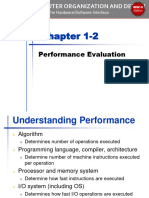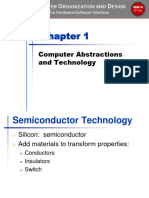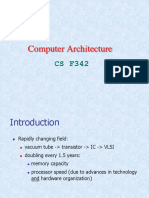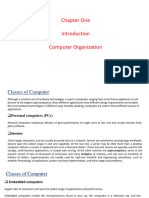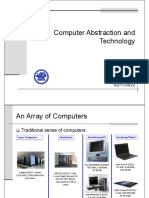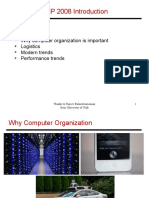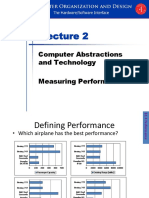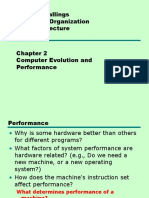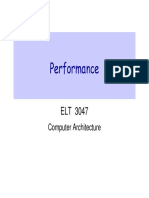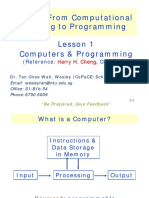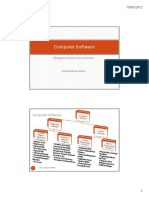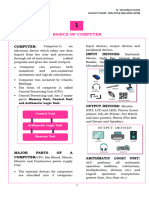0% found this document useful (0 votes)
17 views30 pagesChapter 01 RISC V
Chapter 1 of CSE340 discusses computer architecture, focusing on performance factors such as algorithms, programming languages, and hardware components. It introduces key concepts like abstraction, parallelism, pipelining, and memory hierarchy, while also explaining the importance of measuring execution time and CPU performance. The chapter concludes with insights on benchmarks, Amdahl's Law, and the significance of cost/performance improvements in technology.
Uploaded by
NoboCopyright
© © All Rights Reserved
We take content rights seriously. If you suspect this is your content, claim it here.
Available Formats
Download as PDF, TXT or read online on Scribd
0% found this document useful (0 votes)
17 views30 pagesChapter 01 RISC V
Chapter 1 of CSE340 discusses computer architecture, focusing on performance factors such as algorithms, programming languages, and hardware components. It introduces key concepts like abstraction, parallelism, pipelining, and memory hierarchy, while also explaining the importance of measuring execution time and CPU performance. The chapter concludes with insights on benchmarks, Amdahl's Law, and the significance of cost/performance improvements in technology.
Uploaded by
NoboCopyright
© © All Rights Reserved
We take content rights seriously. If you suspect this is your content, claim it here.
Available Formats
Download as PDF, TXT or read online on Scribd
/ 30



